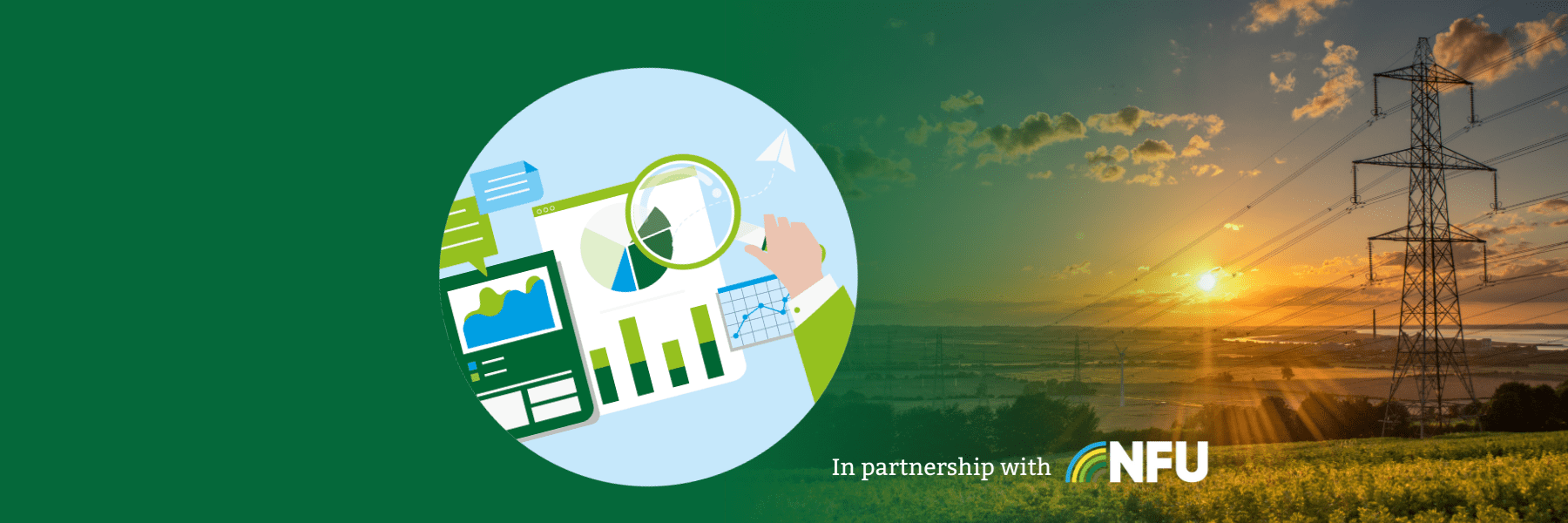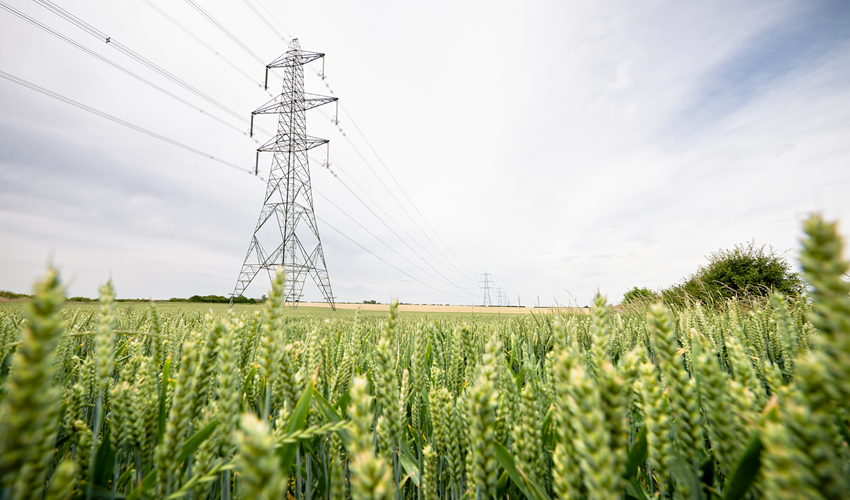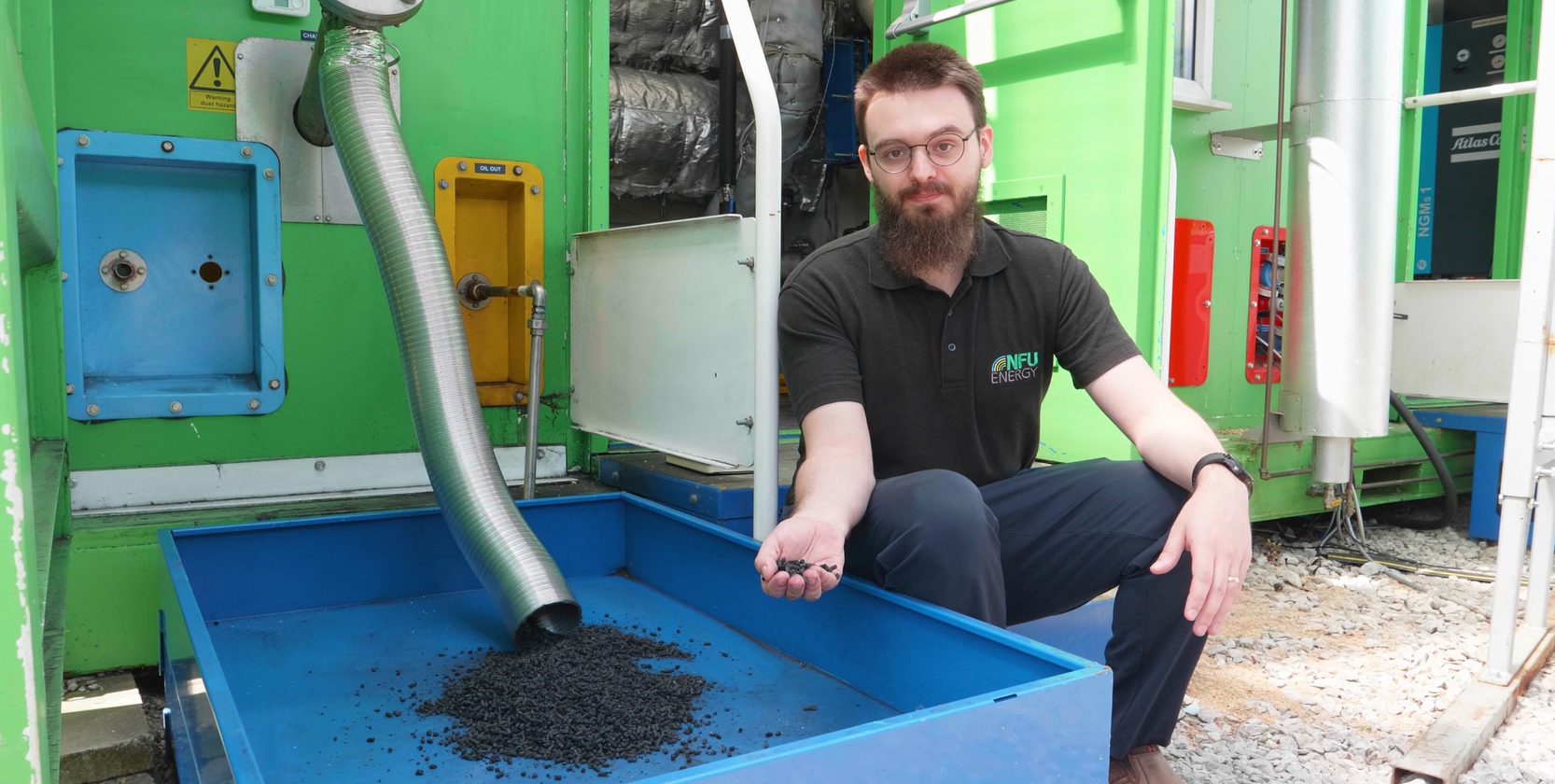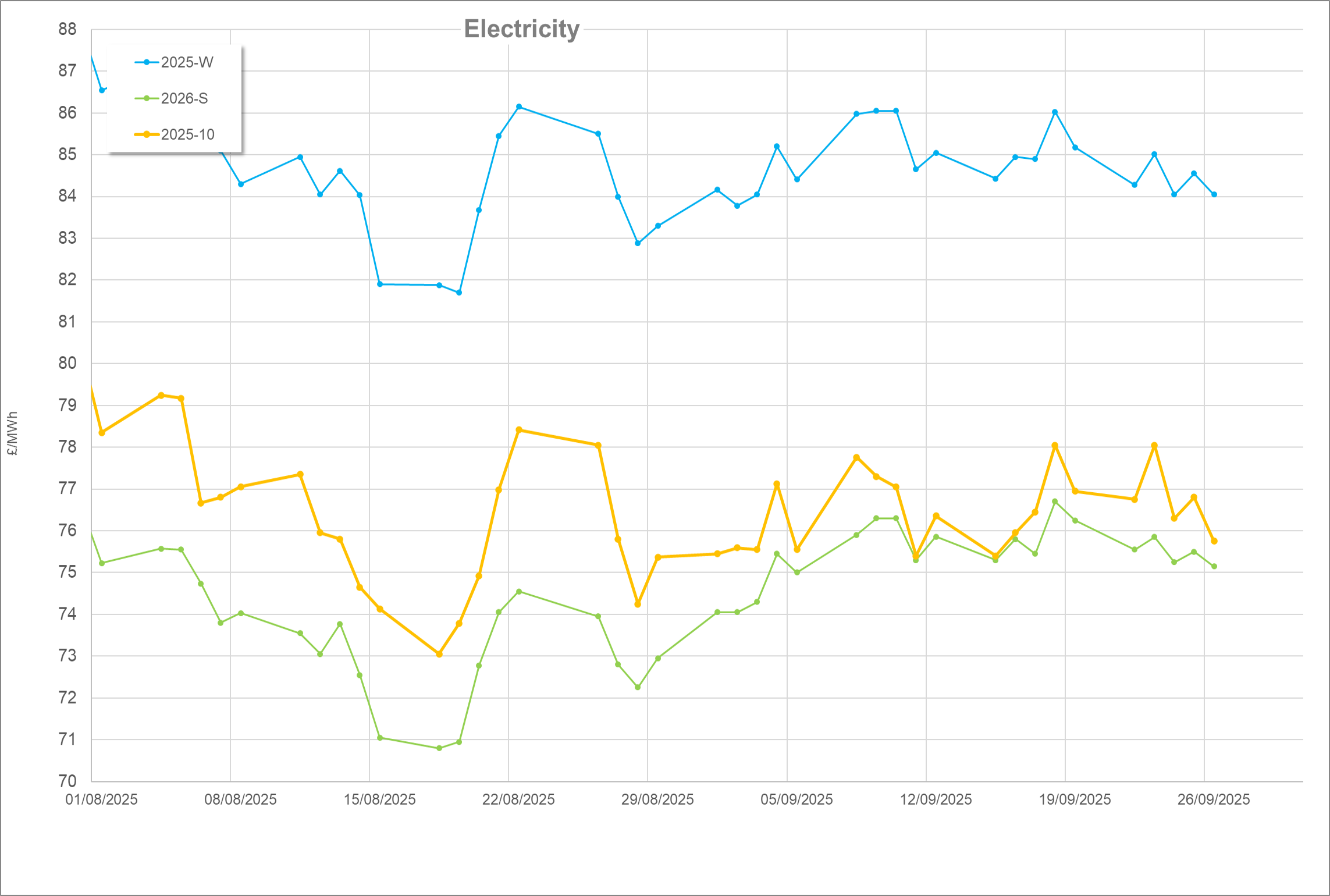CO2 enrichment is an essential part of controlled environment horticulture for several crops. As well as enabling crops to fully deliver their photosynthetic potential, CO2 enrichment allows for quicker plant maturation, increases growth rates, and increases water use efficiency (by reducing transpiration). CO2-dosed yields have been shown to be around 30-40% higher than those achieved at ambient levels.
However, CO2 is expensive and traditional delivery methods lead to a large amount of loss. The most important consideration for improving CO2 effectiveness is reducing air infiltration and ambient air exchange as much as possible. This must be balanced against heat and humidity control – if vents are closed then CO2 levels will be maintained for longer, but higher temperature will promote transpiration, reduce CO2 uptake, and raise humidity.
Ensuring that CO2 penetrates the leaf microclimate layer to reach the stomata is another essential part of optimising its uptake. This can be achieved by placing CO2 delivery pipes close to and underneath the plants and using air movement fans to promote gas exchange.
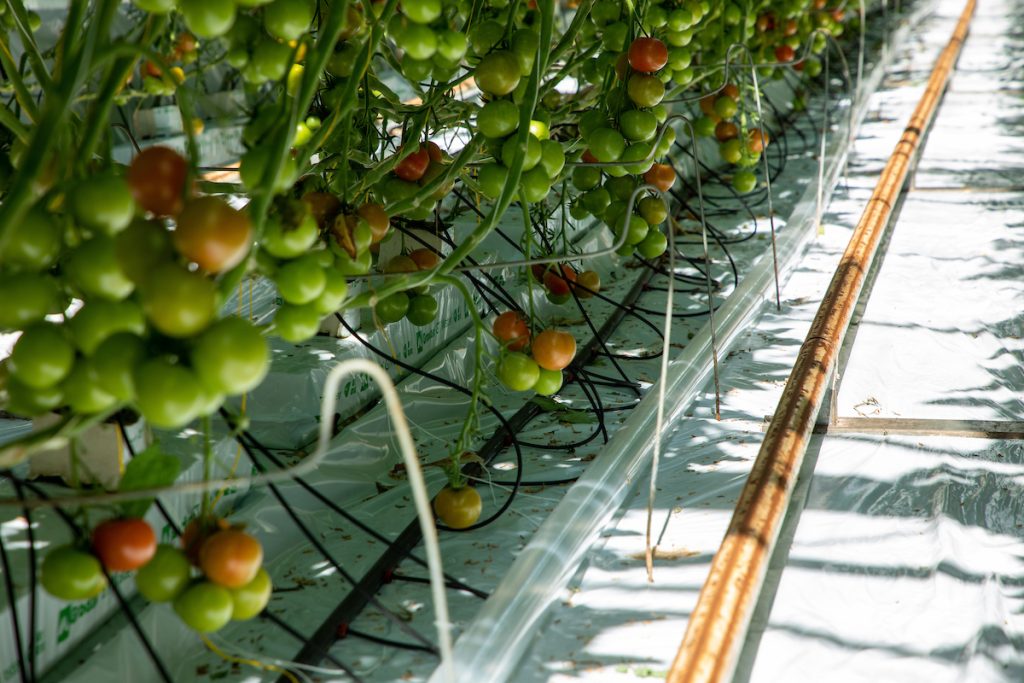
Are there other options?
An alternative and novel approach to this challenge is aqueous CO2 delivery.
The Canadian company CO2 Gro has designed a method of aqueous CO2 delivery which is purported to significantly reduce losses and improve uptake. By dissolving CO2 into water at around 1.6g/l, then spraying a microfilm of this enriched water to the plant leaves, they claim that the CO2 uptake occurs significantly faster and is more efficient.
The idea is that a microfilm of water on the leaf causes a diffusion gradient between the inside and the top surface of a leaf, allowing CO2 to transfer directly into the leaf rather than entering through the stomata, which allows it to be immediately absorbed. Misting is done with a low-pressure system for a few seconds, 2-3 times per hour, which keeps water levels and humidity low; the system is designed so that the film of moisture has evaporated within ~5 minutes after application.
CO2 Gro suggest that by delivering CO2 directly to the leaf, 95% less CO2 is required, compared with traditional dosing. Additionally, they assert that the dissolved CO2 supresses growth of pathogens and mildews.
It is important to note that this is an emerging technology, without large-scale adoption by the industry. Whilst the figures quoted on their website are promising, we were unable to find any publicly available independent studies. However, if the system can perform at a fraction of the numbers presented by CO2 Gro, it could be a very attractive option for CO2 delivery.
Find out more from CO2 Gro:
Written by Eirinn Rusbridge

